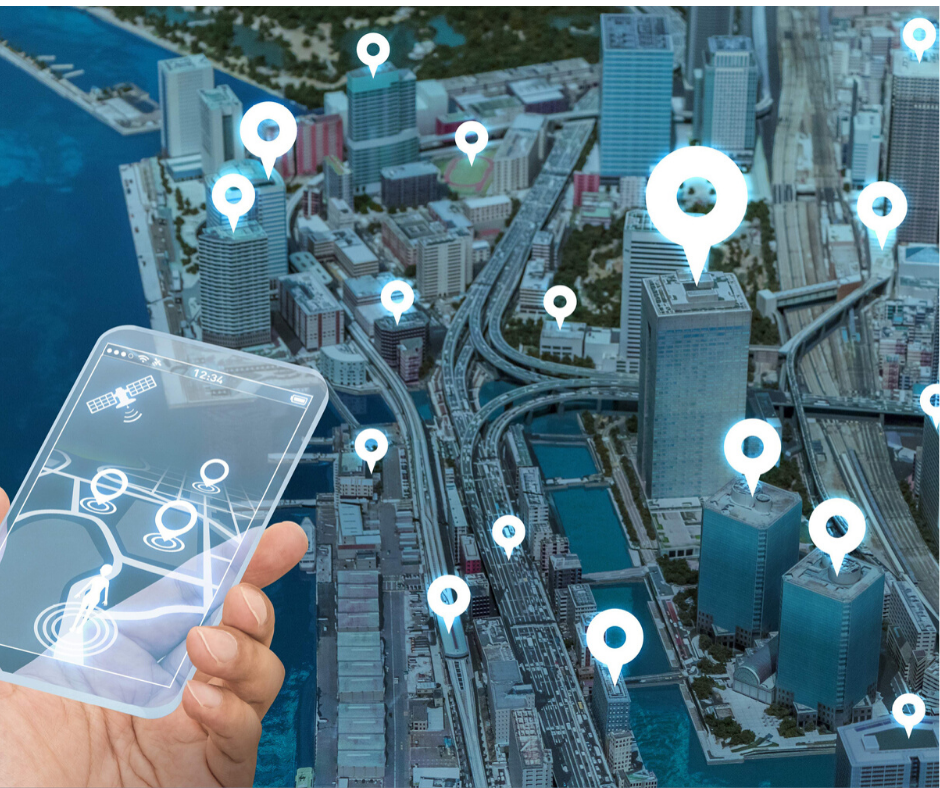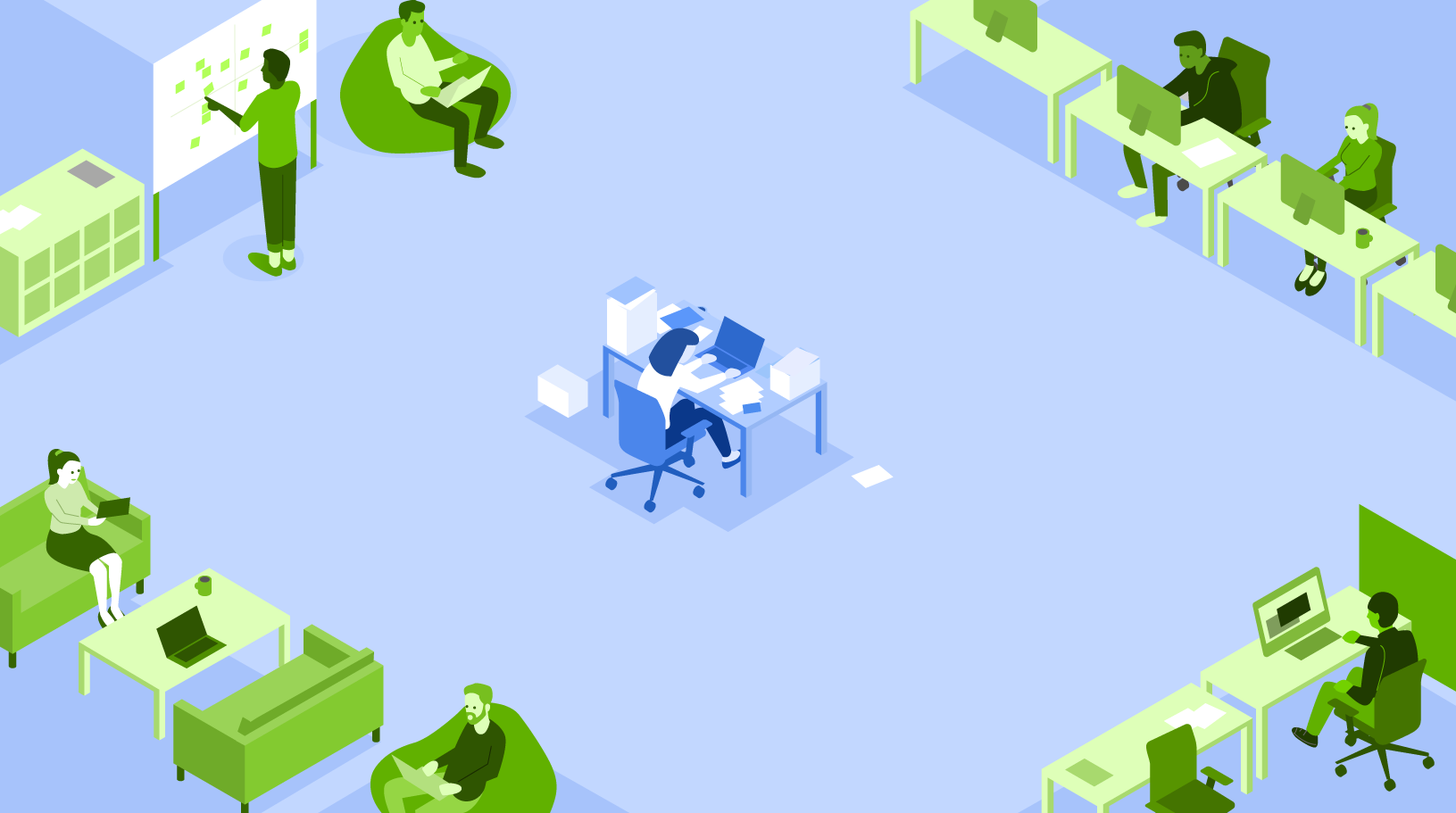Technology to Manage the Post-Lockdown

How do smartphone tracking apps and technologies in general can help to go back into our normal life?
- Bluetooth
- GPS
- QR Code
Technology is helping us for years now in every sector, this period of time is not excluded and we can make the best of our tools we already have bult-in our devices and restart. little by little, our life without being trapped in our houses.
Contact-tracing apps which builds a memory of proximity contacts and immediately notifies contacts of positive cases can achieve epidemic control if used by enough people.
There are already COVID-19 apps in use in China, Hong Kong, Russia and Singapore and both the US and Europe are working hard on their own versions that could be released before the end of the month.
Not all these apps work in the same way however and with experts saying that to be effective they would have to be used by at least 60 per cent of the population, it is critical that whatever approach is taken is acceptable to a vast majority of the population.
Let’s analyze the different use of these technologies:
Bluetooth
In this case, the system uses your phone’s Bluetooth function. Bluetooth uses short-wavelength UHF radio waves to transmit data over short distances. Your phone constantly broadcasts a Bluetooth identifier that allows others nearby to see it and connect to it.
Apple and Google’s system would use this function to keep a record – on your phone – of every other Bluetooth device that you come close to – an effective method of knowing that your device was physically close to another device.
If someone is then diagnosed as having COVID-19 they can self-declare that fact and their phone will release the identifiers of all the other devices that they were close to over the past 14 days.
Other people’s devices will then grab this list of identifiers and if their phone is on the list, they will be informed that they were close to someone with COVID-19 and may need to quarantine themselves.
This approach has several advantages:
- It doesn’t require precise location data, only relative location – you were close to this other person but it doesn’t matter where exactly you were when you were close to them.
- It avoids the issue of a centralized database and control, with all the relevant data stored on individuals’ phones; data that is effectively worthless from a financial perspective.
- It puts the reporting of a positive result into the hands of the individual.
GPS
The approach seems simple: using phone’s built-in GPS receiver and get everyone’s location to within a few meters.
But the big problem here is that this amount of data generated by and entire country face the difficulty of assembling and analyzing in order to be effective.
If someone reports they are positive from the virus, it is possible to go back in time and see where they were physically and then warn everyone that was near them that they should seek to quarantine themselves to prevent further spread.
In China, the goverment already give the population and app that they must download and that has been simplified by categorize people based on 3 colours:
- Green means you are free to travel around – and you will be constantly asked to show your green status.
- Those with yellow and red colors will be prevented from moving around.
This method has been faced a lot of problems because everything converged on abig entral system showing poor accuracy and people be listed by colours that don’t represent their real status.
The use of GPS was different in South Korea there was no clour status assigned to people but they traced people movements to make sure they don’t leave a specific quarantined area.
QR codes
In China, Hong Kong and Russia are all using this system where people are required to scan (or be scanned) at public places and the resulting data is then sent to central servers.
The system means that people can be pinpointed to a specific location at a specific time – which can then be tracked back if someone is later found to have the virus.
It is a smart use of this technology and everything works well of course If everybody play their part by always scanning their positions in every places.
This method i not so effective If we assume that It is able to caught people affected by their position near COVID-19 positive people. That’s not a real data because you will not be automatically affected by just be near them.
These 3 looks like the best solutions, already used in countries that are going out or are already out from the Lockdown phase. Everything can help to kick off this virus and implementing apps and tracking systems today seems like the best use of technology in this period of time.
Further Readings:






